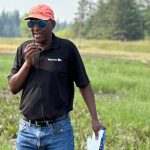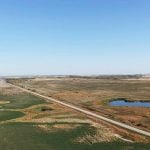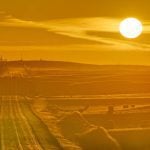
Tag Archives Climate

How Canada’s farmers are producing record crops despite droughts and floods

Canada’s Food Price Report shows meat, pantry goods prices expected to rise “a lot” in 2026

Sustainability disclosure ‘ticket to play’ in emerging global market
.

How much nitrogen can farmers really cut?
Manitoba fertilizer trials search for the sweet spot where farmers can cut nitrogen rates, with a nitrification inhibitor, without harm to yield

2025 set to be among hottest years on record: WMO

Lower nitrogen rates in dry beans could pay off for farmers
Manitoba trials test whether farmers can apply less nitrogen to dry beans without losing yield, despite their typically poor nitrogen-fixing capacity

Turning excess water into an asset with consolidation drainage
Farmers in the “prairie pothole” region are using its natural storage capacity to their advantage

Western Canadian agriculture’s growing thirst
Editor’s Boss: Atmospheric dryness is adding a third dimension to the moisture equation driving Prairie crop yields and wildfires

Alberta agronomist sees both sides of regenerative agriculture
Author Scott Gillespie offers producers advice on how to practically apply the soil regeneration movement to their farms

A wetter and drier world is coming for Prairie farmers
As warming supercharges the water cycle, the swings will become more pronounced


